Fitbit Charge 4 vs Charge 5: Which is better?
Which is the best fitness tracker from Fitbit? We pitted the Fitbit Charge 4 vs Charge 5 to find out.
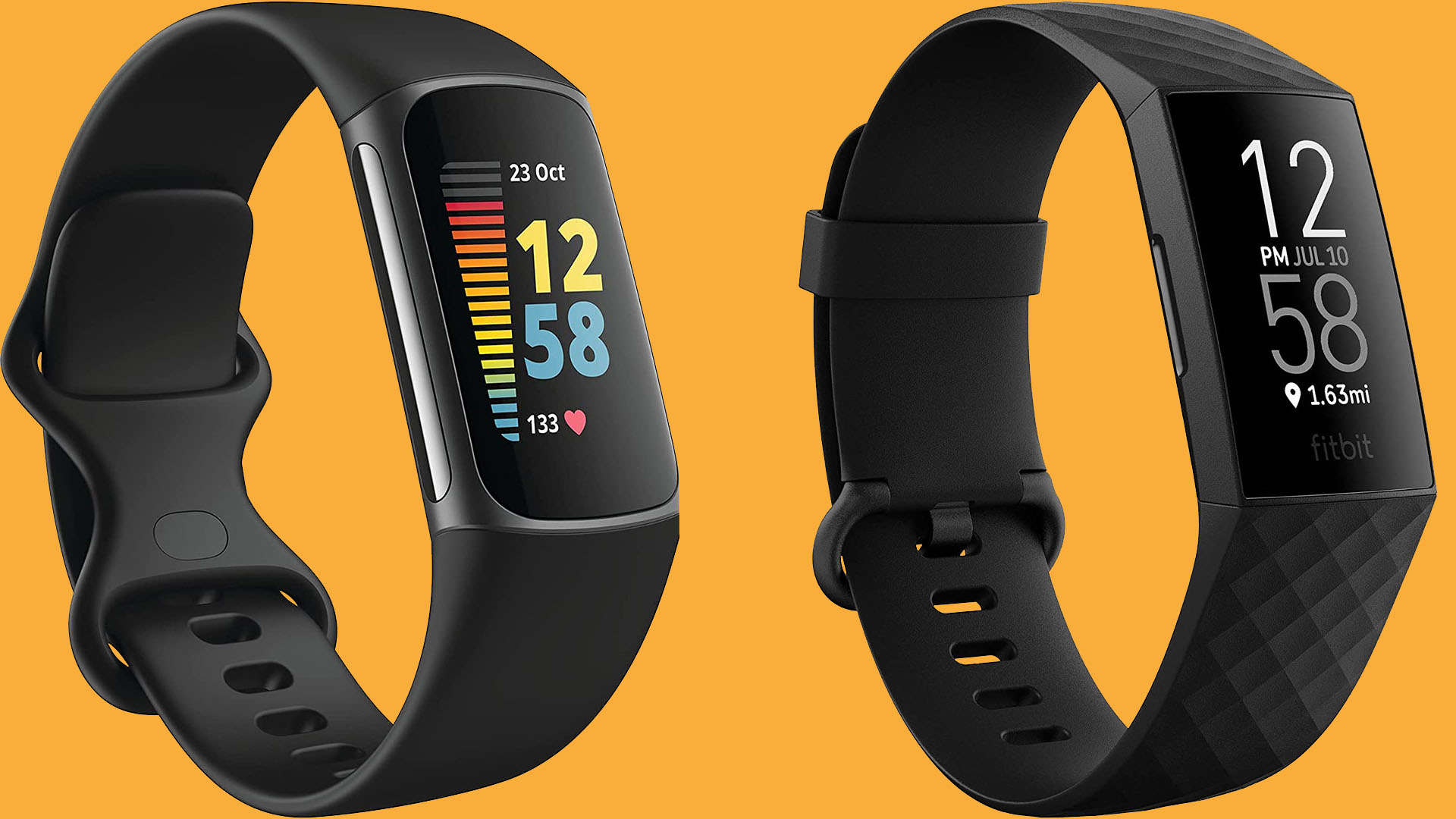
Black Friday is the best time to snap up hefty discounts on a range of Fitbit smartwatches. Choosing the right model may be tough, though. The brand's product line has grown plenty over the last few years and that can make it tough to pick the model for you. The Charge line is a great place to start if you’re looking for an excellent tracker that won’t break the bank. Still, the “Fitbit Charge 4 vs Charge 5” debate may have you wondering which is the best Fitbit overall.
While you may expect to gravitate towards the newer tracker, there are some features that its older brother has that the Charge 5 doesn’t. The good news is that both are excellent trackers, especially for those looking to put fitness first – there are plenty of sensors, they’re accurate, and they’re small enough to feel like you’re not wearing anything at all.
They’re also considerably cheaper than the Fitbit Sense and Fitbit Versa 3, making the Charge 4 and Charge 5 well worth a look for more budget-conscious fitness enthusiasts.
Still, if you’ve settled on picking up either, we’ll help you pick between the Fitbit Charge 4 and the Fitbit Charge 5 and find the best fitness tracker for you.
Which is cheaper?
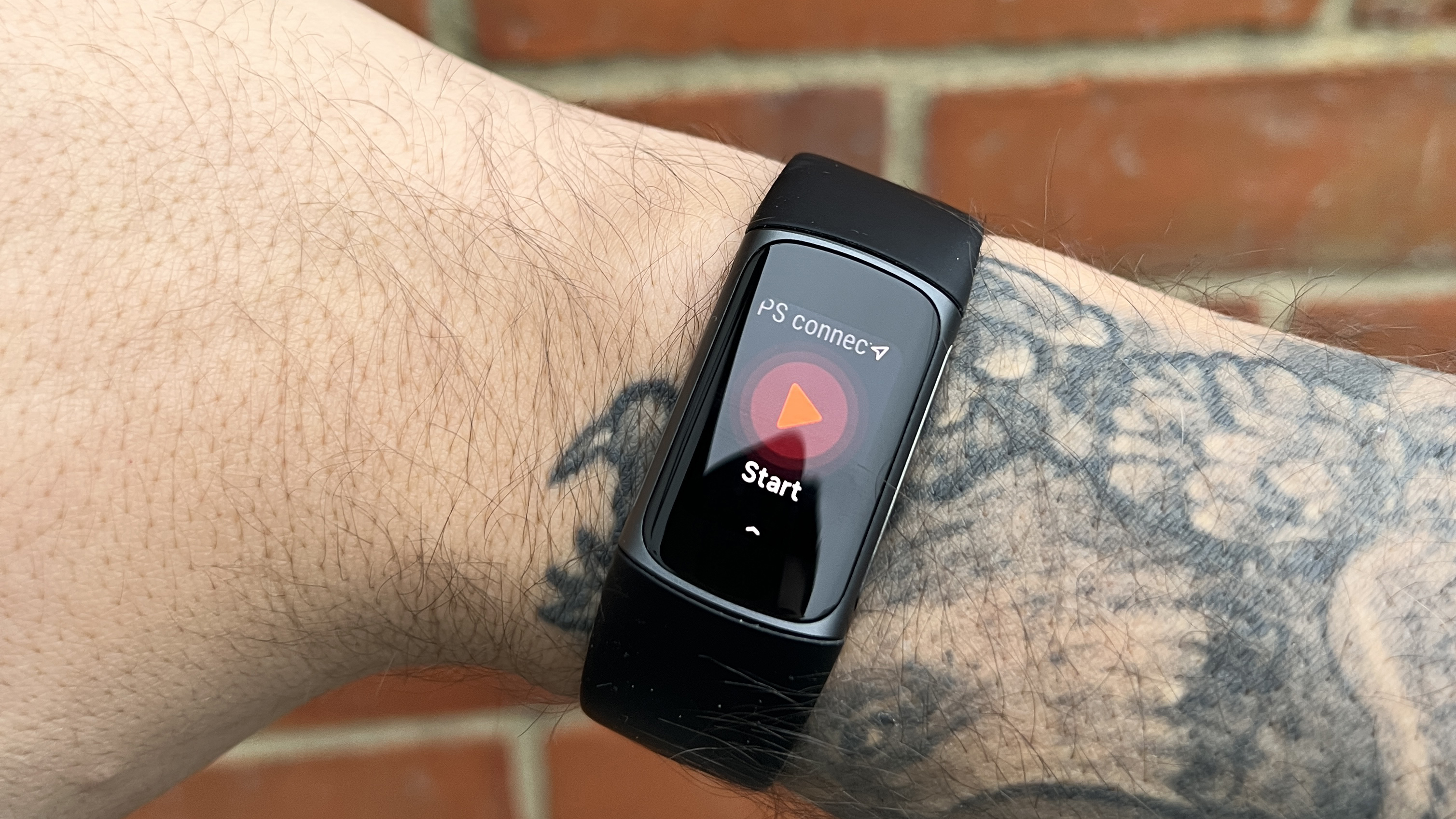
As you’d perhaps expect, the newer Fitbit Charge 5, seen above, comes in at a higher cost than its predecessor. Originally released in September 2021, the Fitbit Charge 5 costs $169.99 – although we’ve seen it regularly lower than $150.
On the other hand, the 2020 Charge 4 debuted at $149.95, and can now be found at around $100 when discounted. That gives it the edge here, although it’s worth noting the Charge 4 only includes three months of Fitbit Premium, whereas the Charge 5 comes with six months.
That’s an additional three months of the company’s advanced metrics and more detailed fitness plans that would usually cost $7.99 per month. If you’re thinking of getting it, it’s worth looking into the Charge 5.
Which is more accurate?
There’s little to decide between both here, but the Charge 5 does have some extra sensors you won’t find on the Charge 4.
Those are the ECG and EDA sensors, for assessing the rhythm of your heart and the level of stress in your body respectively. Both are handy, but if you don’t use either then you’ll certainly appreciate the lower-priced Charge 4.
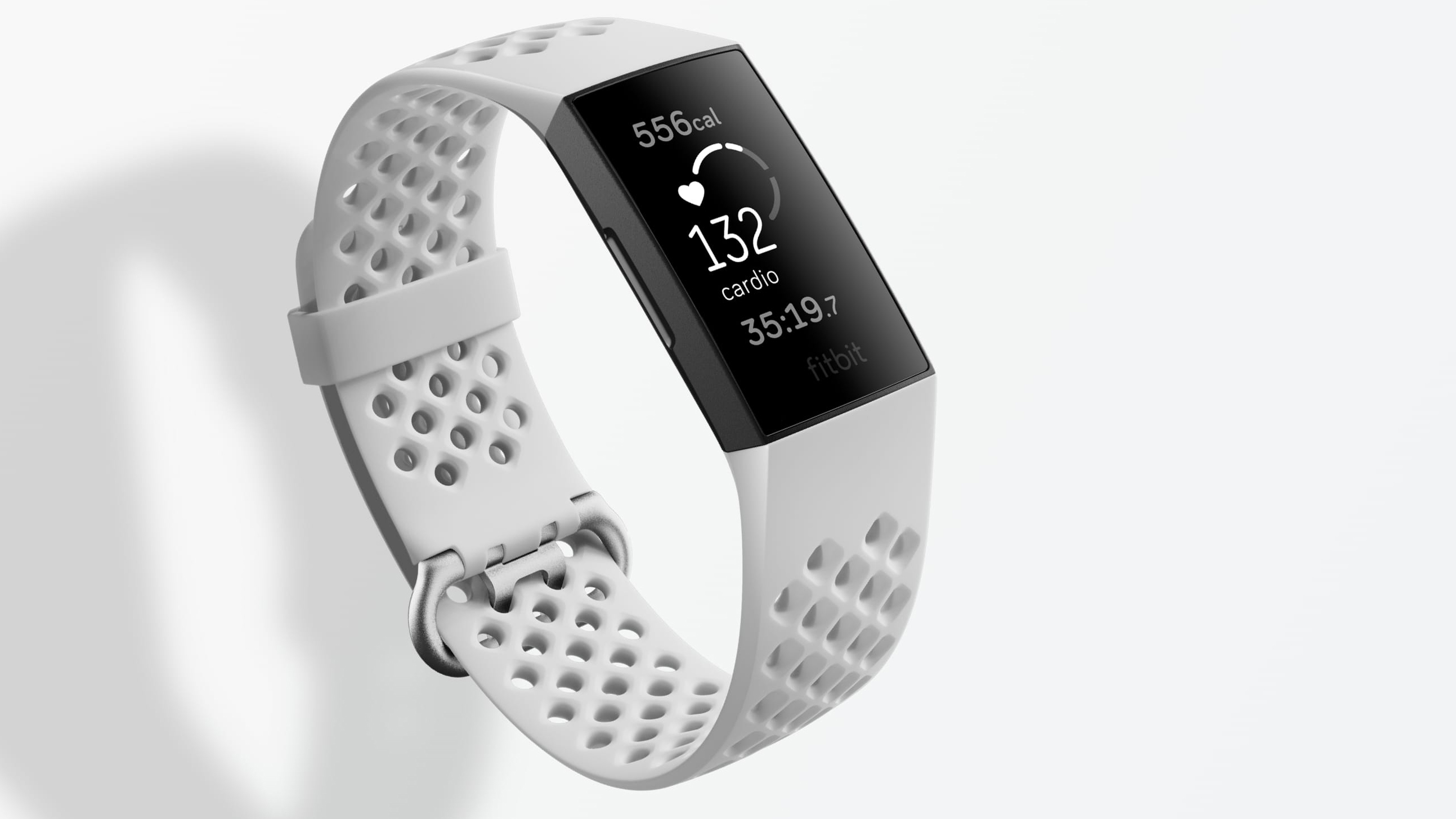
If you are likely to be checking for atrial fibrillation or logging your stress levels, though, the Charge 5 definitely wins this round, as those new sensors will make it much more accurate at detecting these events.
As for the sensors they share, step tracking, location through GPS, calories burned, and many more are the same between both models.
Which looks better?
Here’s a big point of difference between the two – the Charge 5 has an impressively bright AMOLED display with color, but the Charge 4’s is monochrome. You can see in the image below that the Charge 5 looks bright even in outdoor light.
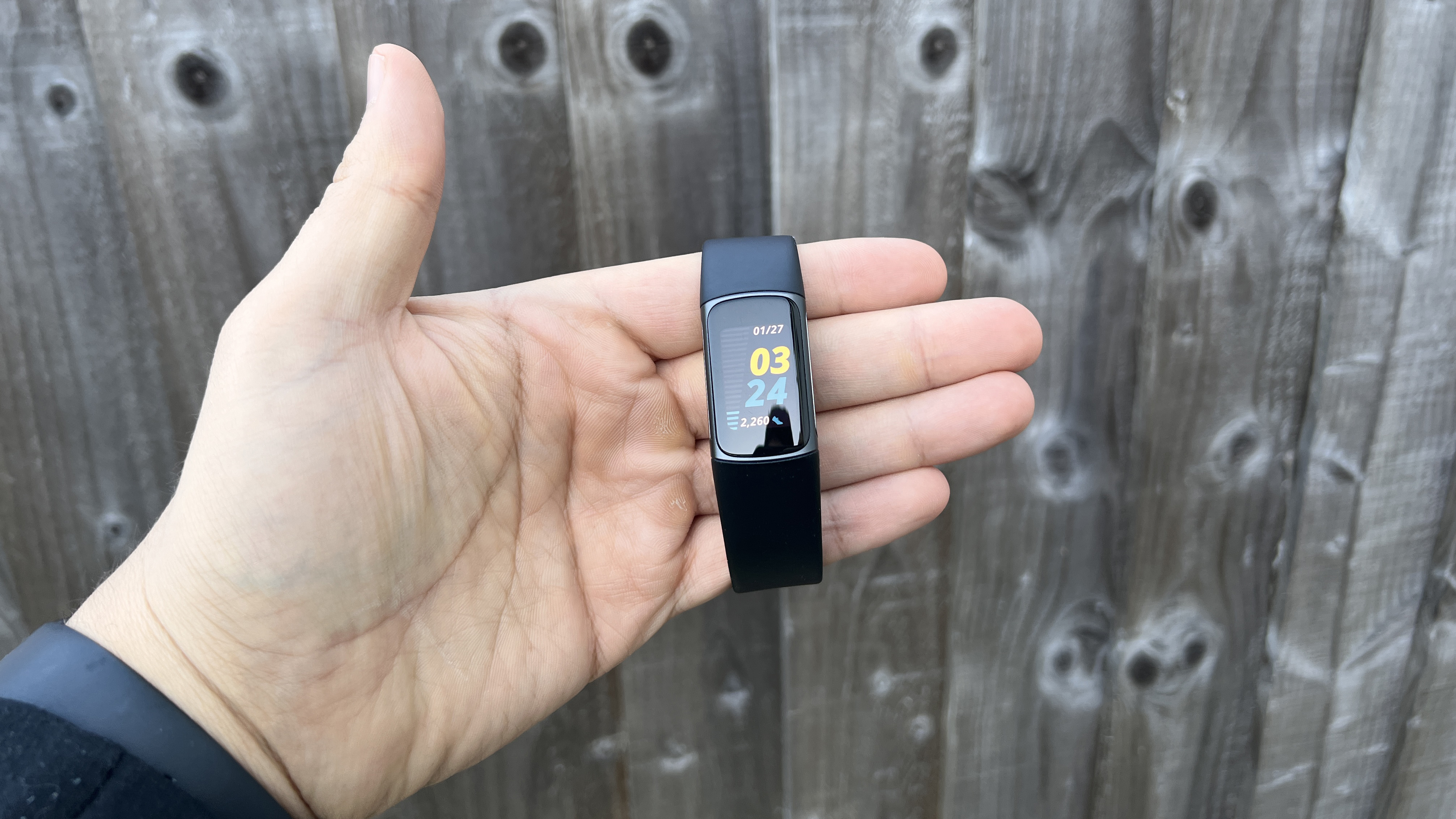
That means the Charge 5 is likely to be much easier to read for most, but some may prefer the simplicity of its predecessor. For us, though, it’s worth the extra $50 or so alone.
While neither is much of a fashion statement thanks to its svelte nature, the Charge 5 is a more appealing device too, thanks to a stainless steel case that replaces the Charge 4’s plastic one.
Which model offers more features?
We’ve already touched on the EDA and ECG functionality on the Charge 5 (and absent on the Charge 4), but that’s not to say the Charge 4 doesn’t have one trick up its proverbial sleeve.
In fact, it’s one feature that’s likely to be particularly positive for anyone that enjoys working out to music; you can use the Fitbit Charge 4 to control your Spotify playback, but the Fitbit Charge 5 offers no such option. Neither has internal storage available for storing audio, either, so that could be a big boon for the older model if it’s important to you.
Both also support Fitbit Pay for the times when you leave your phone at home and GPS tracking so you can comfortably do so and still know that your location will be tracked.
Which is better for tracking workouts?
Whether you’re looking to get some cardio in, go for a hike, or play some golf, there’s likely to be a workout mode for you on both the Fitbit Charge 4 and the Charge 5.
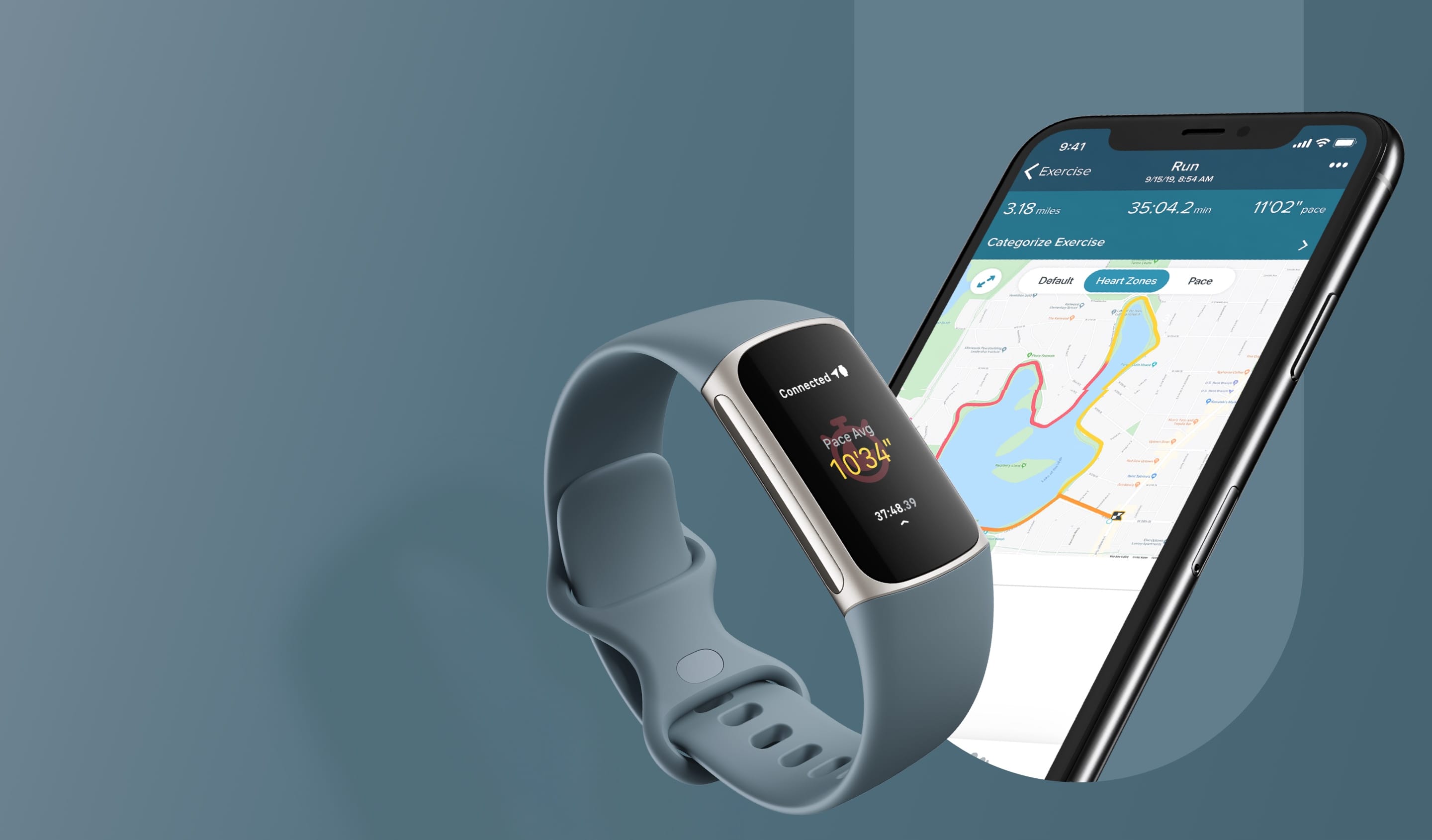
There are standard workouts for running, cycling, and swimming (thanks to water resistance on both models), but you’ll also find machine-based workouts like stairclimbers and ellipticals and sport-based ones for tennis. You can even unwind with some yoga.
Which has better battery life?
Both the Charge 4 and Charge 5 offer seven days of battery life, which in a device this small is impressive. (For comparison, the Apple Watch Series 7 only lasts a day.)
You can expect running constant ECGs on the newer model to drain it more quickly, naturally, but there’s nothing to choose between them in this category.
Verdict
Unless you’re really set on being able to control your Spotify playlist on your wrist mid-workout, there aren’t a huge number of reasons to opt for the Charge 4.
The Charge 5 offers just about everything its predecessor does, but kicks it up a notch. The screen has color and is brighter, the battery life is just as excellent, and you’ll get the EDA scan and ECG, too – both of which are otherwise exclusive to the $300 Fitbit Sense.
Then there’s Fitbit Premium, which is added as a six-month free trial when picking up the Charge 5 as opposed to the Charge 4’s three months, potentially saving you more money if you choose to use it.
Sign up for the Live Science daily newsletter now
Get the world’s most fascinating discoveries delivered straight to your inbox.
Lloyd Coombes freelance tech and fitness writer for Live Science. He's an expert in all things Apple as well as in computer and gaming tech, with previous works published on TechRadar, Tom's Guide, Live Science and more. You'll find him regularly testing the latest MacBook or iPhone, but he spends most of his time writing about video games as Gaming Editor for the Daily Star. He also covers board games and virtual reality, just to round out the nerdy pursuits.











